Active Assisted Range of Motion Exercises (A-AROM)
Table of Contents
Active Assisted Range of Motion Exercises (A-AROM) Introduction
Active Assisted Range of Motion Exercises (A-AROM) are therapeutic exercises used to increase joint flexibility, muscular strength, and joint mobility. In physical therapy and rehabilitation settings, these exercises are frequently used to help people who may have restricted mobility or are recuperating from illnesses or operations.
A-AROM incorporates the active participation of the person executing the activity, in contrast to passive range of motion exercises, in which an external force pushes a joint through its complete range of motion. However, with A-AROM, there is also some external support offered to make the exercise easier, particularly when the person cannot independently complete the full range of motion.
A-AROM exercises’ main objective is to motivate the person to actively engage their muscles and joints, which encourages muscular activation and strength growth. This method contributes to a quicker and more complete recovery by reducing joint stiffness and muscle atrophy.
A-AROM exercises are customized to each person’s unique needs and physical capabilities, considering elements like age, degree of general fitness, and the kind and severity of the injury or ailment. Numerous illnesses, including orthopedic injuries, neurological problems, and post-operative recuperation, might benefit from them.
Physical therapists and other medical personnel closely supervise and direct patients when they undertake A-AROM activities to ensure that they are carried out safely and successfully. In order to maximize results and help the person restore functional mobility, the frequency, intensity, and progression of these exercises are modified over time.
What is the range of motion (ROM)?
Range of motion is the amount of movement around a specific joint or area of the body. Different joints in the body have ranges that are thought to be normal. All joints have some degree of flexibility, which is necessary to maximize their range of motion.
What is the active-assisted range of motion (A-AROM)?
The joint receives some external assistance during an active assisted range of motion (AAROM). When a patient needs an external force to help with movement because of weakness, pain, or changes in muscle tone, it is typically performed.
Active-aided ROM is usually used after an accident or surgery when there has been some healing and the muscles may contract but protection is needed to prevent injuring the body part that is mending. You can enlist the aid of others or yourself to move. It may also originate from machinery and mechanical gadgets.
After rotator cuff surgery on the shoulder, for instance, AAROM can occur. The arm may be moved, but to prevent unnecessary strain, have someone hold the arm while it is being moved.
Active-aided ROM is frequently utilized after an injury or surgery when there is some healing, and the muscles can contract but protection is needed to prevent injuring the body part that is mending.
Characteristics
When the therapist assists the patient in moving, this movement happens. For instance, one might raise one leg as far forward as possible when seated in a chair. More than if the leg were flexed by muscles alone, the patient can straighten the leg with the assistance of a therapist or other assistant.
People execute stretching exercises on their weak joints with the aid of a machine or a physical therapist. By stretching just, a little bit past your breaking point, you can extend your range of motion. However, exerting too much force can damage joints and induce muscle tension. However, the patient shouldn’t be forced to experience pain when actively supported movement is being used.
Few characteristics to be noted:
- Despite the assistance of an outside force, such as a therapist or a machine, the patient nevertheless exerts effort to complete the activity.
- These are perfect for people who are recuperating from an injury or surgery because they are made to be low-impact and easy on the joints.
- These exercises should normally be done in a safe setting, like a hospital or physical therapy clinic.
- A-AROM exercises are customized to each patient’s needs and take into account their unique injury or condition.
- The workouts should gradually get harder over time to assist patients in developing their strength and stamina.
- A-AROM exercises are utilized to focus on particular muscle groups or body parts, assisting patients in regaining mobility and function.
- To help patients reach their rehabilitation objectives, these exercises are frequently combined with other forms of physical therapy, including stretches and range-of-motion exercises.
Causes of the limited range of motion
The reasons behind the restricted range of motion
Several medical problems, including the following, can also reduce the range of motion of a joint:
- Bursitis: Inflammation of the joint’s cushioning sac
- Cerebral palsy (CP): Movement and muscular control are impacted by congenital abnormalities known as cerebral palsy (CP).
- Congenital Torticollis: unusually bent neck
- Joint dislocation: An injured shoulder or dislocated knee, for instance.
- Hip joint or other joint sepsis, among other joint infections.
- Obesity: In part because of the buildup of subcutaneous fat near joints
- Age-related “wear and tear” arthritis is known as osteoarthritis (OA).
- Autoimmune arthritis is rheumatoid arthritis (RA).
- If the rotator cuff is injured, for example, a tendon rupture may occur.
- Infection or inflammation of the tendons supporting the joint is known as tendonitis.
The muscles are adequately supported (gradually developed) in carefully controlled methods for those with weak muscles who cannot move their joints within the desired range.
Active-assisted exercises are used for
- The working muscles are insufficient for carrying out the movement.
- The muscles lack the strength to control the move properly.
- To enable the patient’s mobility to return
Indications
- To aid with moving in situations like stroke
- Once the plaster cast has been removed
- To retrain the muscles to move
- Assist and carry out the standard ADLs.
- Neurological disorders
- Athletic injuries
- Enduring pain
- Movement problems due to aging
- Surgical recovery rehabilitation
Types of assistance in A-AROM exercises
- Manual assistance- The therapist offers the patient manual help while they move the limb.
- Mechanical assistance- When aid is provided mechanically, such as with slings, pulleys, wheels, finger ladders, etc.
- Self-assisted: The patient may use the opposite limb or a towel for support.
Directions and repetitions-
- Depending on the patient’s ailment or condition, specific directions and repetitions for actively assisted exercise may change. But there are some broad principles.
- Each exercise should be carried out carefully, slowly, and while concentrating on form and technique.
- While the patient will receive assistance from the therapist or another outside force during the exercise, they should still be actively using the targeted muscle group.
- Repetition and set counts will vary depending on the patient’s demands and objectives, but normally 2-3 sets of 10-15 repetitions are done. Between sets, the patient needs to rest for 30 to 60 seconds.
- The patient’s strength and endurance can be steadily increased over time as can the resistance or aid offered by the therapist or outside force.
- If there is any pain or discomfort throughout the exercises, the patient should discuss it with their therapist.
- Active aided exercises include things like assisted knee extensions, assisted shoulder flexions, and assisted leg lifts.
Disadvantages of active assisted exercises
- The requirement for support
- Minimal efficiency
- Limited range of motion
- Prolonged
A few examples of active assisted exercises
Assisted leg raises: The patient rests on their back with their legs straight. Assisted leg lifts are performed. The patient’s ankle is held by the therapist or other outside force, which helps elevate the leg upward. To elevate the leg, the patient actively uses their hip and core muscles.
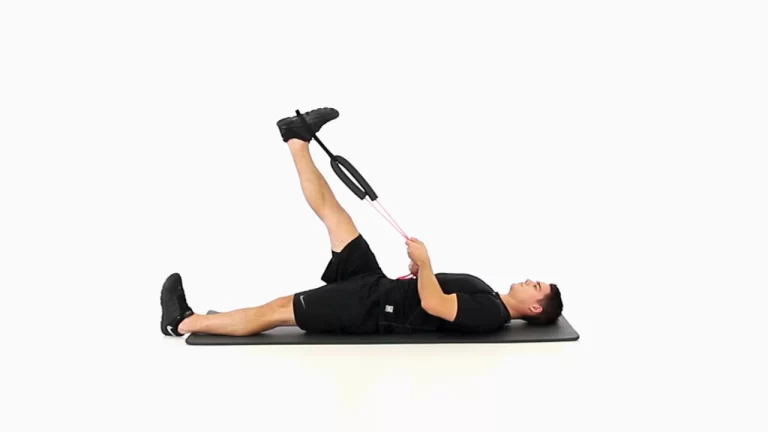
Assisted shoulder flexion: The patient stands with their arm outstretched in front of them, facing a wall. Standing behind the patient, the therapist or other outside force helps pull the arm upward. To elevate the arm, the patient consciously contracts their shoulder muscles.
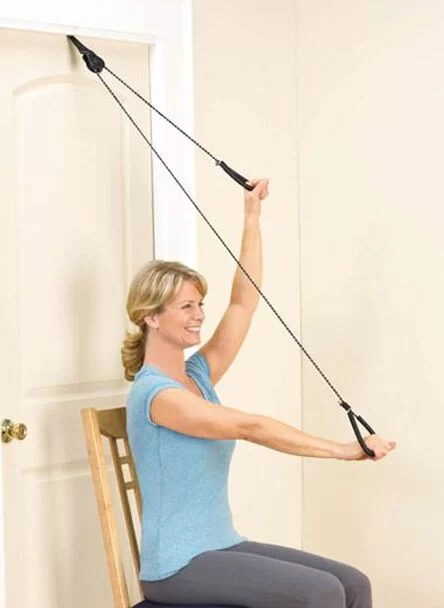
Assisted knee extensions: With their feet flat on the floor, the patient does assist knee extensions while seated in a chair. In order to help the patient straighten their leg, the therapist or other outside force lays their hand on the patient’s ankle. To straighten their leg, the patient deliberately contracts their quadriceps muscle.
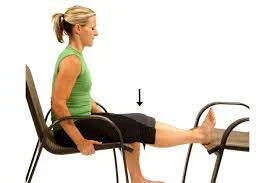
Assisted elbow flexion: The patient is seated on a chair with their arm stretched in front of them for assisted elbow flexion. Standing behind the patient, the therapist or outside force helps bend the elbow. The patient consciously contracts their biceps to actively bend their elbow.
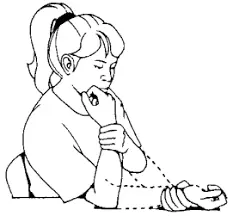
Assisted Hip abduction: The patient is positioned on their side with their legs straight for assisted hip abduction. The patient’s ankle is held by the therapist or other outside force, which helps elevate the leg upward. To elevate the leg, the patient consciously contracts their hip muscles.
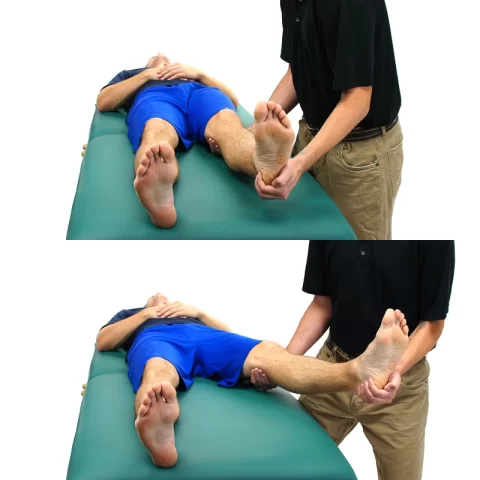
These are only a few examples of active assisted exercises, and while creating an exercise program, it’s crucial to keep in mind the unique requirements and objectives of each patient. Before starting any new fitness program, it is always advisable to speak with a licensed physical therapist or another healthcare professional.
Summary
Physical therapy activities known as “active-assisted exercises” have the patient move while being aided by an outside force. After an accident or surgery, these exercises are frequently used to help patients restore their strength and mobility. Before beginning any new workout program, it is preferable to speak with a physical therapist or healthcare professional who is involved.
FAQs
What are workouts with active assistance?
Exercises that a patient performs actively while receiving assistance from a third party, such as a therapist, cable and pulley, weight and pulley circuit, etc. Exercises with active assistance are used when: A body lever’s governing muscles aren’t strong enough to move the body.
What kind of ROM is active assistive?
A-AROM, or aided active range of motion, is widely used in physical therapy to improve flexibility or strength in a particular body part. Consider sitting down and fully extending your front leg.
What sort of active assistive ROM is that?
To improve flexibility or strength in a particular body part, aided active range of motion (A-AROM) is widely utilized in physical therapy. If you were to sit down and fully stretch your front leg, what would happen?
What does physiotherapist-aided exercise entail?
Because they are performed on extremely weak muscles whose fore contraction is inadequate to complete the movement, workouts that require an external force to complete the movement are known as aided exercises. Usually, an outside element of support comes from another person.
What advantages do Aarom workouts have?
Your physical therapist could aid you in using an active-assistive range of motion (AAROM) to move the afflicted area in order to preserve the damaged or healed body part while it heals. A-AROM improves the affected area’s strength and flexibility.
Reference
- Active Assisted Range Of Motion Exercises (A-AROM) – Mobile. https://mobilephysiotherapyclinic.in/active-assisted-range-of-motion-exercises-a-arom/

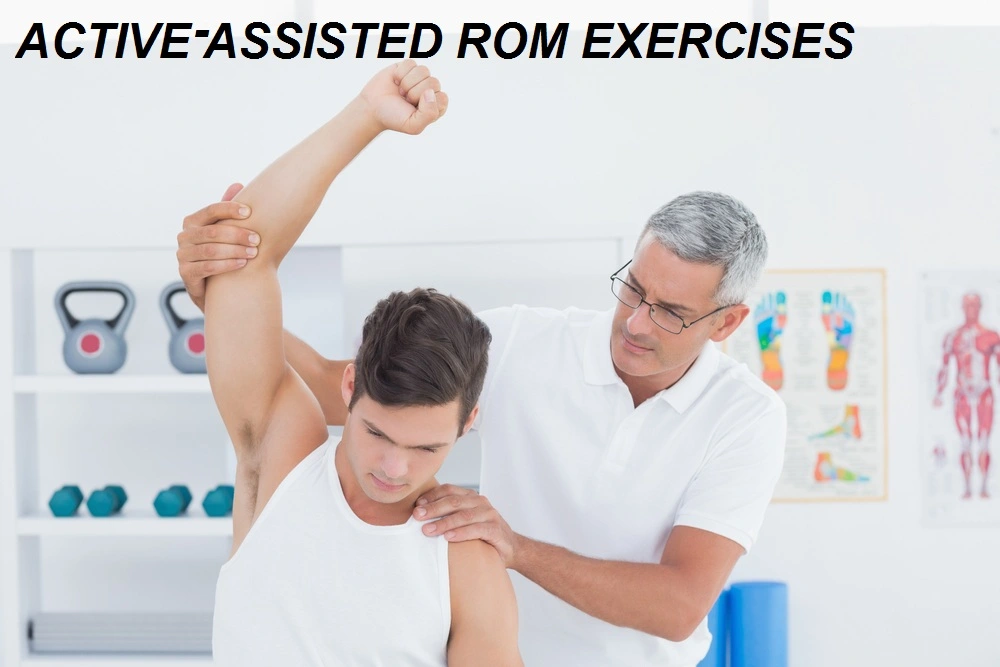


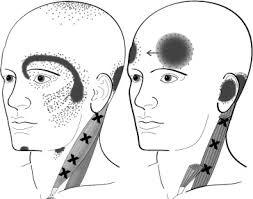

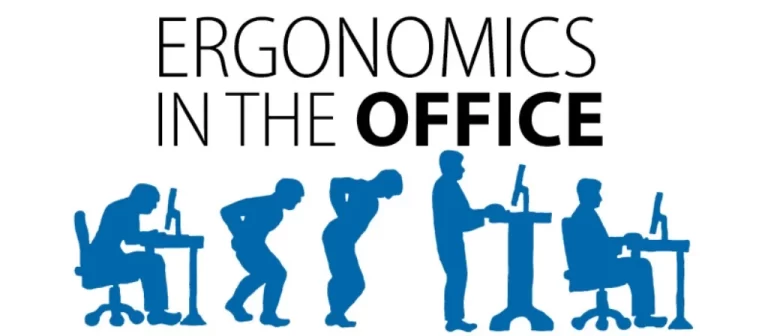
2 Comments